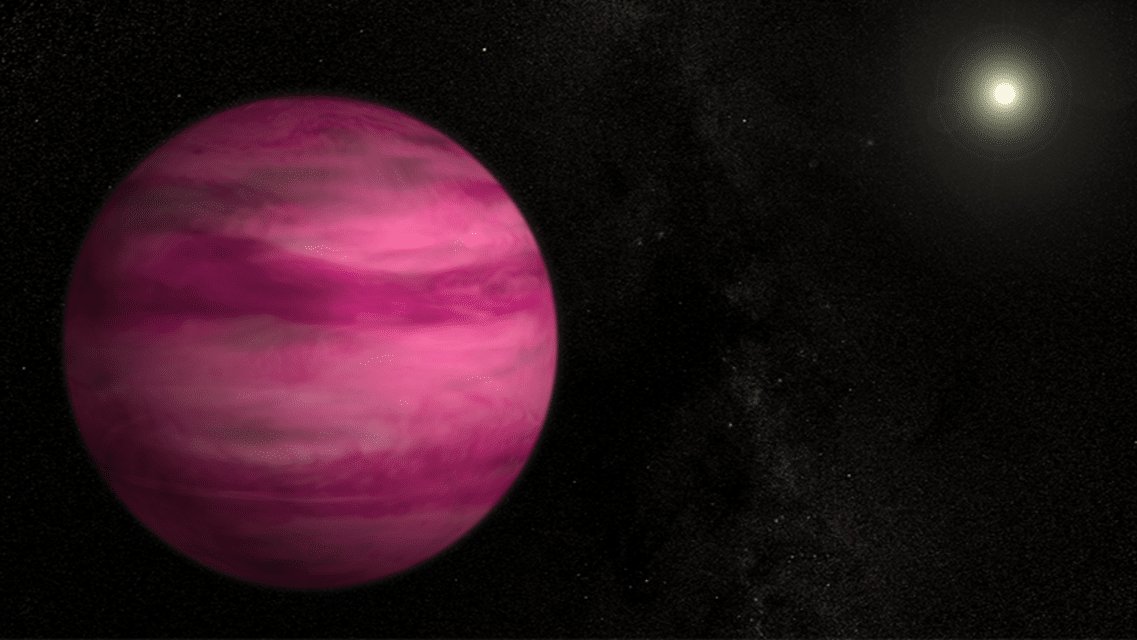
Noise-Canceling Optical Chip
While light helps us see things better here on Earth, it can actually pose a challenge for practitioners of astronomy whose views of celestial bodies can be obstructed by background light from nearby stars. Now, scientists from the Australian National University have found a way to address the problem.
The ANU researchers have created a new optical chip for telescopes that can negate the light from the closest star to a planet. The new chip works similarly to noise-canceling headphones. “This chip is an interferometer that adds equal but opposite light waves from a host sun, which cancels out the light from the sun, allowing the much weaker planet light to be seen,” explains Associate Professor Steve Madden from the ANU.

The Search for Life
Previously, astronomers could make an educated guess as to which planets could contain life by determining if they were in the habitable zone of a star or not. This method has given us a whole slew of possibly habitable planets outside of our solar system. However, Lucianne Walkowicz from Princeton University says that location is just one variable with regards to habitability and that the presence of radioactive flares from a star could affect the habitability of a planet as well.
Not only would this new optical chip give us a better look at other planets in general, it could also be used to determine if a planet is protected from star flares by ozone, thus giving it a higher possibility of harboring life. “The chip uses the heat emitted from the planet to peer through dust clouds and see planets forming,” says Kenchington Goldsmith from the ANU Research School of Physics and Engineering. “Ultimately the same technology will allow us to detect ozone on alien planets that could support life.”